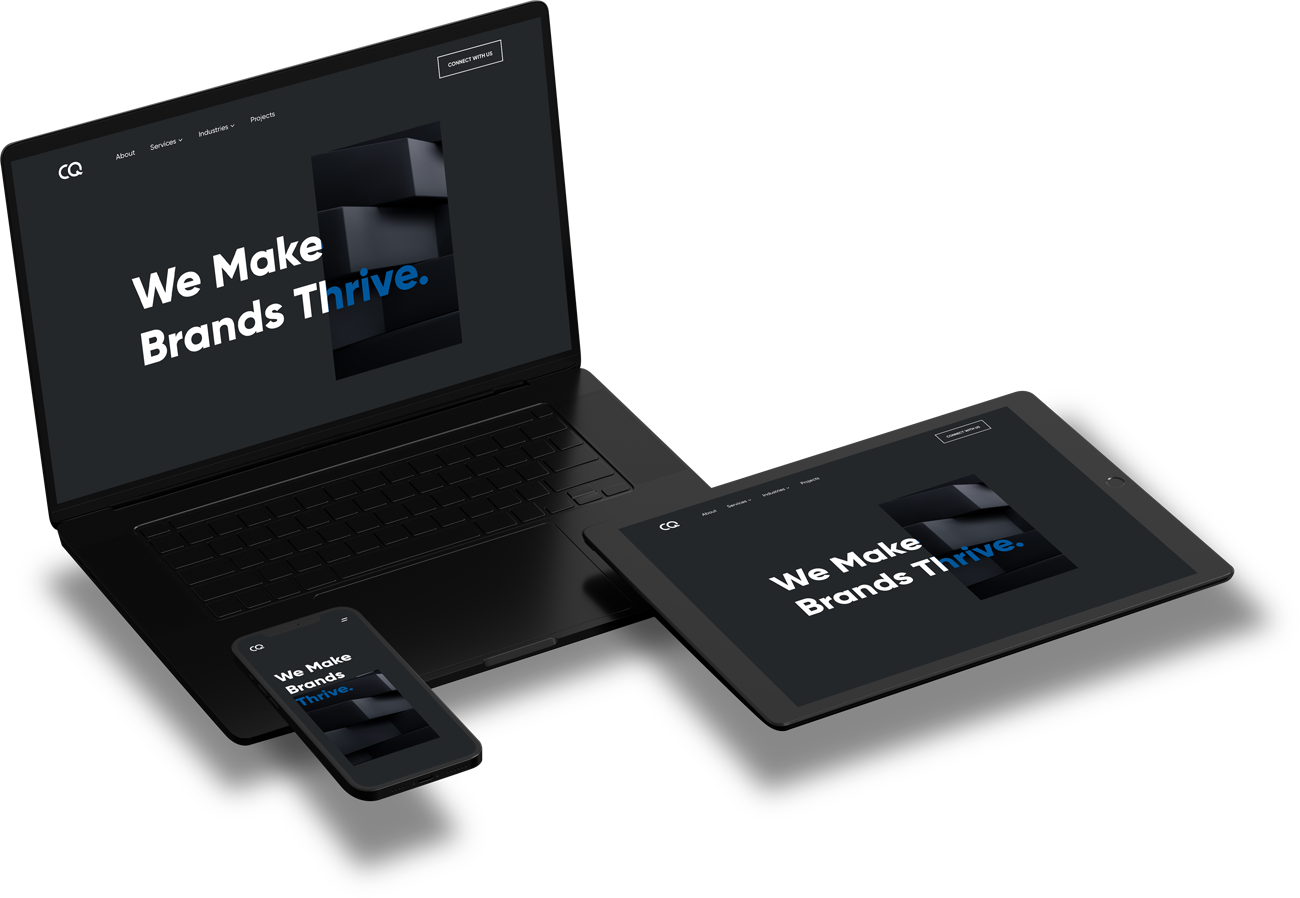 December 2, 2022
December 2, 2022

An application’s design, development, testing, and maintenance are all aided by the phases of software development life cycle (SDLC), which is a method for creating and delivering software. The goal is to achieve software of higher caliber and greater functionality. Additionally, it improves strategy by breaking down the primary business aim into smaller, simpler pieces.
Applying the software development life cycle prudently and effectively without a thorough grasp of its phases is challenging. CraftedQ explains the various stages in this post and how they may be applied to deliver high-quality products to clients
Today’s market competitiveness compels companies in the USA to deliver new software at an ever-increasing pace. Maintaining a software product’s high quality while outpacing rivals in a highly competitive market is challenging. How can you keep your leadership position in the race without compromising the quality of the service to your customers?
It all comes down to the method. The method is how you assist your development teams in meeting deadlines while maintaining consented quality and usability. Additionally, it improves the project’s clarity regarding the activities completed and the future phases. Transparent phase separation, regular evaluations, and greater collaboration enable your professionals to operate without interruption and reduce the possibility of misunderstanding the project’s objectives.
Among the phases of software development life cycle, this stage involves project planning and asks, “What do we want?” this stage is when a team determines the requirement of new software and the cost it takes. Project planning is an essential element of the software delivery lifecycle.
The second stage of the SDLC involves acquiring as much information as possible about the product requirements from the client. With the customer, go through the product’s specifications and details. While considering the software design and coding, the development team must assess the requirements. The main goal of this stage is to ensure that everyone comprehends every aspect of the demand. Among the requirements are hardware, operating systems, programming, and security.
The software designer carefully examines whether the final product satisfies all end-user criteria during this phase. Additionally, if the project is technically, practically, and financially feasible for the client. After determining the optimal design strategy, the software developer chooses the appropriate programming languages, such as Oracle, Java, etc.
All stakeholders evaluate the design specification and offer feedback. Gather stakeholder feedback and mark it in the document, as even the most minor error might result in cost overruns.
This stage comprises translating the design into a computer-readable language. The developers will next build the system by writing code in the programming languages of their choice. This is the most time-consuming phase of the software development life cycle. Developers need particular recognized coding standards and programming tools like interpreters, compilers, and debuggers to implement the code.
This stage is finished before the product is released to users or begins even before coding in test-driven development (TDD). Most tests should be automated, especially if you have a CI/C. The testing phase aims to guarantee that every feature functions as planned.
Application release and the user or customer availability are permitted once testing yields positive findings. This is a necessary time to enhance scenarios based on real-world occurrences. It takes a lot of time and great effort to finish this process effectively.
Application release and the user or customer availability are permitted once testing yields positive findings. This is a necessary time to enhance scenarios based on real-world occurrences. Even though this process is often automated, you and your teams should remain vigilant because deployment is complicated. It consumes a lot of time and great effort to finish this step effectively, and sometimes several systems and devices must be interconnected.
Among the phases of software development, the maintenance stage is most likely the most important in the SDLC process. You may enhance your product with new features and eliminate any recurring issues and potential vulnerabilities based on customer input once they’ve used it in an authentic setting. The development team’s purpose at this stage is to maintain the existing product, keeping it current with new user needs and technological requirements.

This SDLC model is the oldest and most straightforward one. With the aid of this process, we finish one step and then begin the next. Each step in this strategy has its mini-plan, and each stage flows into the next. One drawback of this method is that even minor unfinished aspects might obstruct an entire operation.
It handles software development in incremental yet quick cycles known as “sprints.” Any project is completed quicker and with greater flexibility with modifications introduced in each sprint. Agile involves spending less time in planning and allowing a project to deviate from initial specs.
This software development life cycle model emphasizes repetition. Developers build a version quickly and test and enhance it with subsequent versions. One significant downside of this paradigm is that, if left uncontrolled, it may soon deplete resources.
It is an extension of the waterfall model. It has a testing process at each development step. Similar to the waterfall model, this process has its own challenges.
SDLC in 2023 is recommended for small projects. It devotes most of its resources to development. Compared to the other approaches, it needs the precise requirements specification stage.
This is one of the most adaptable SDLC models. It is similar to the iterative paradigm in that it emphasizes repetition. This approach, also, goes via the planning, design, building, and testing phases with constructive improvements at each stage.
Implementing the software development life cycle in your organization will undoubtedly help your business and increase the performance of your development teams. A closer look at how the SDLC phases look in detail and how the SDLC models differ from one another can assist you in choosing the best one for your business and future projects.
